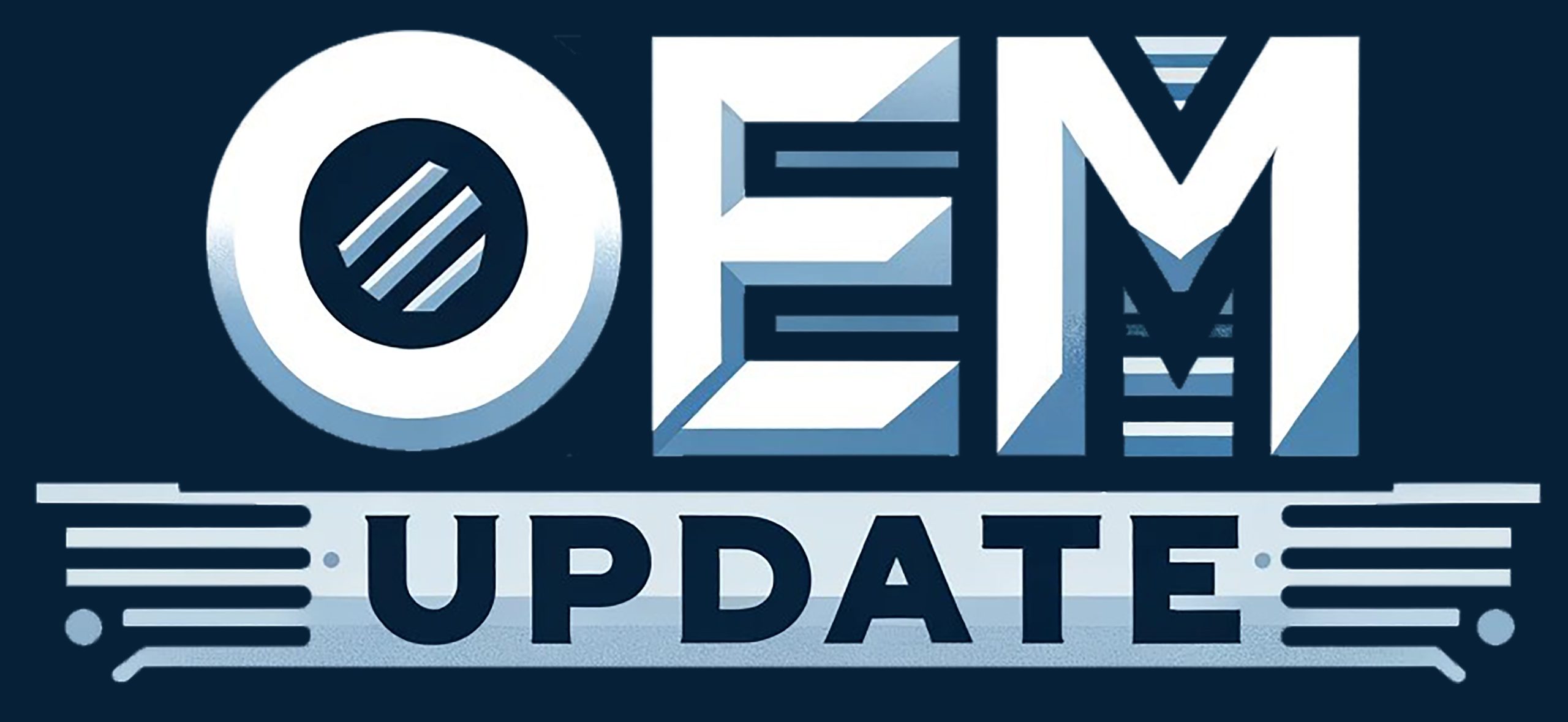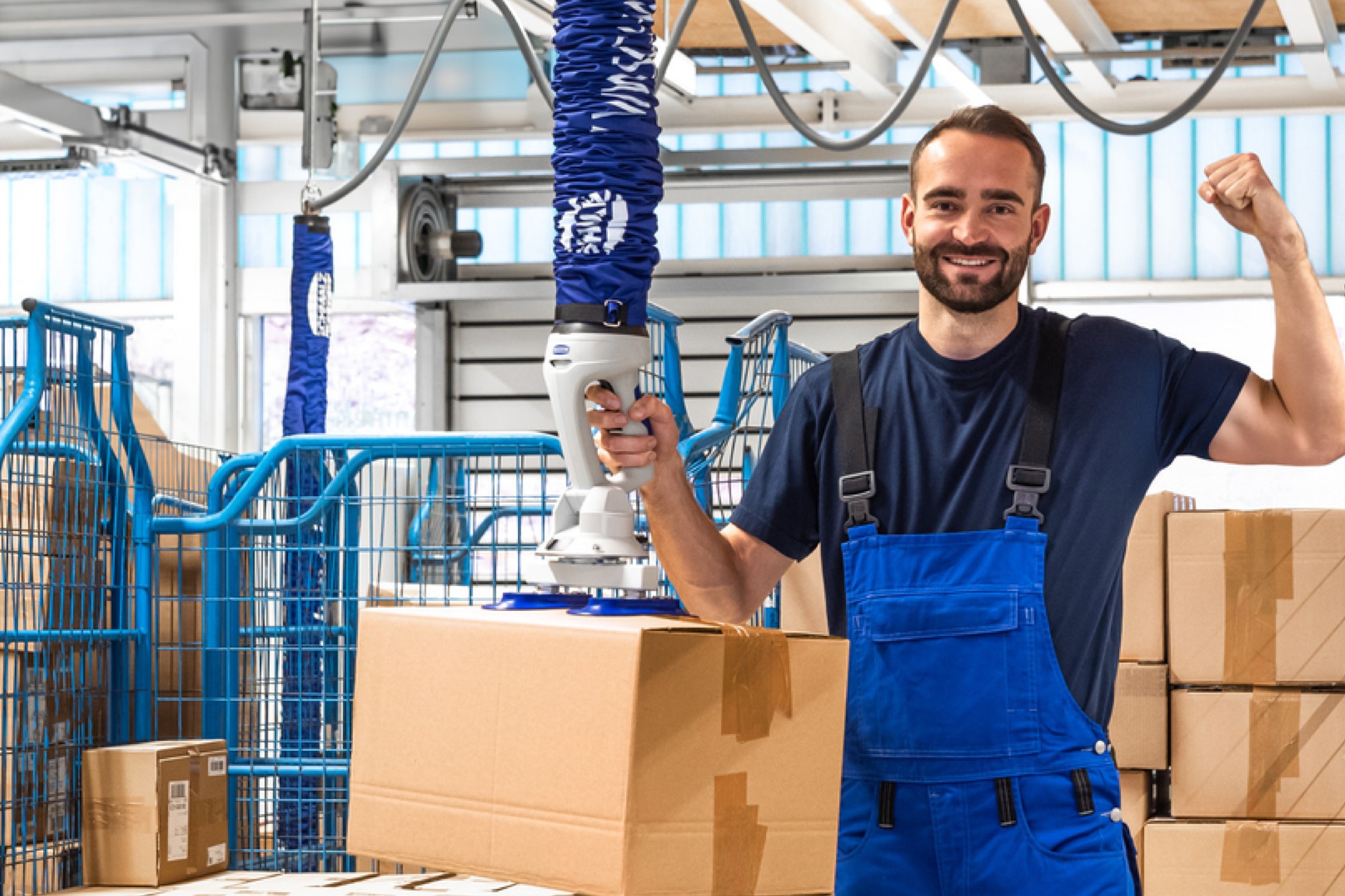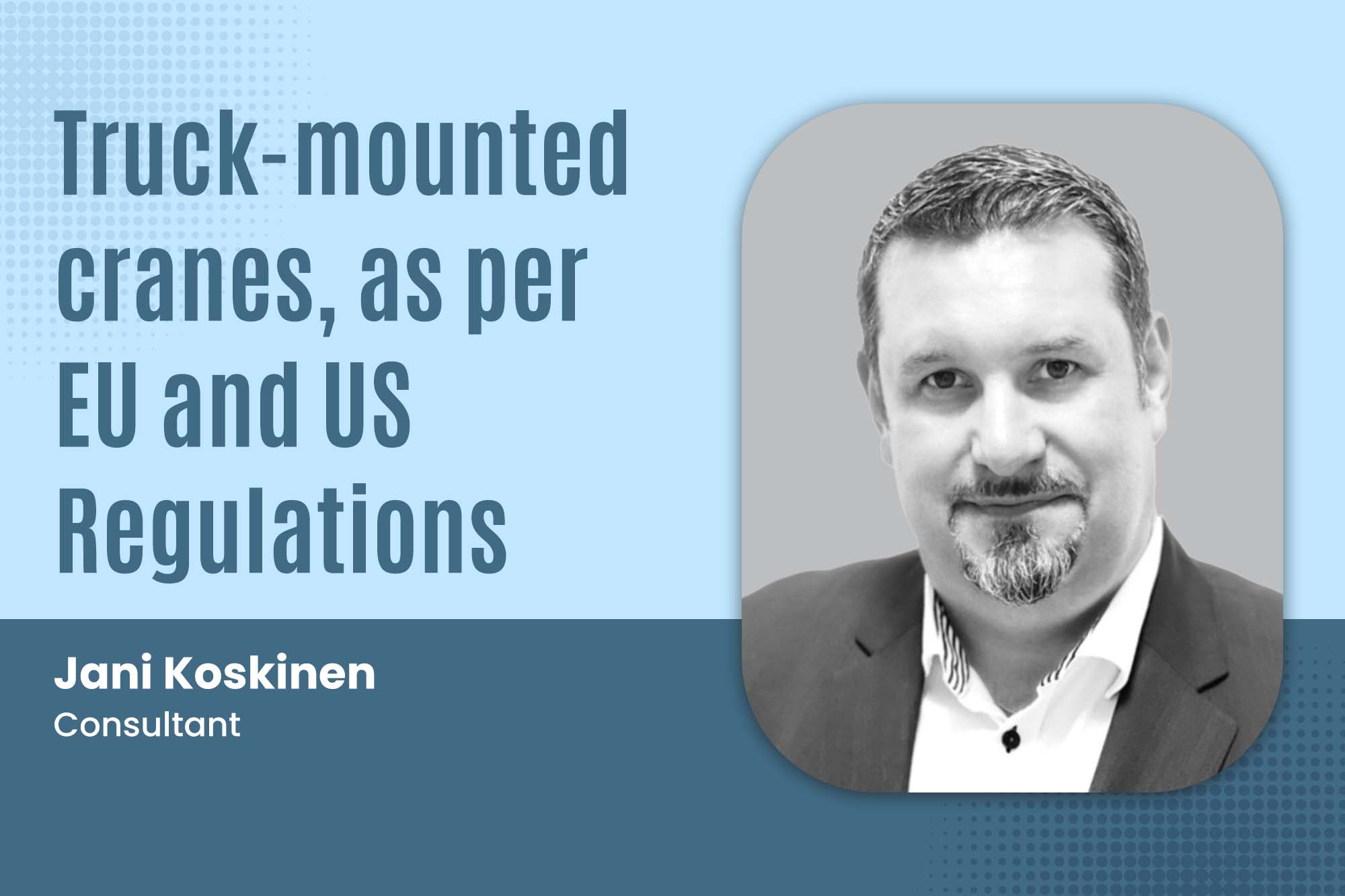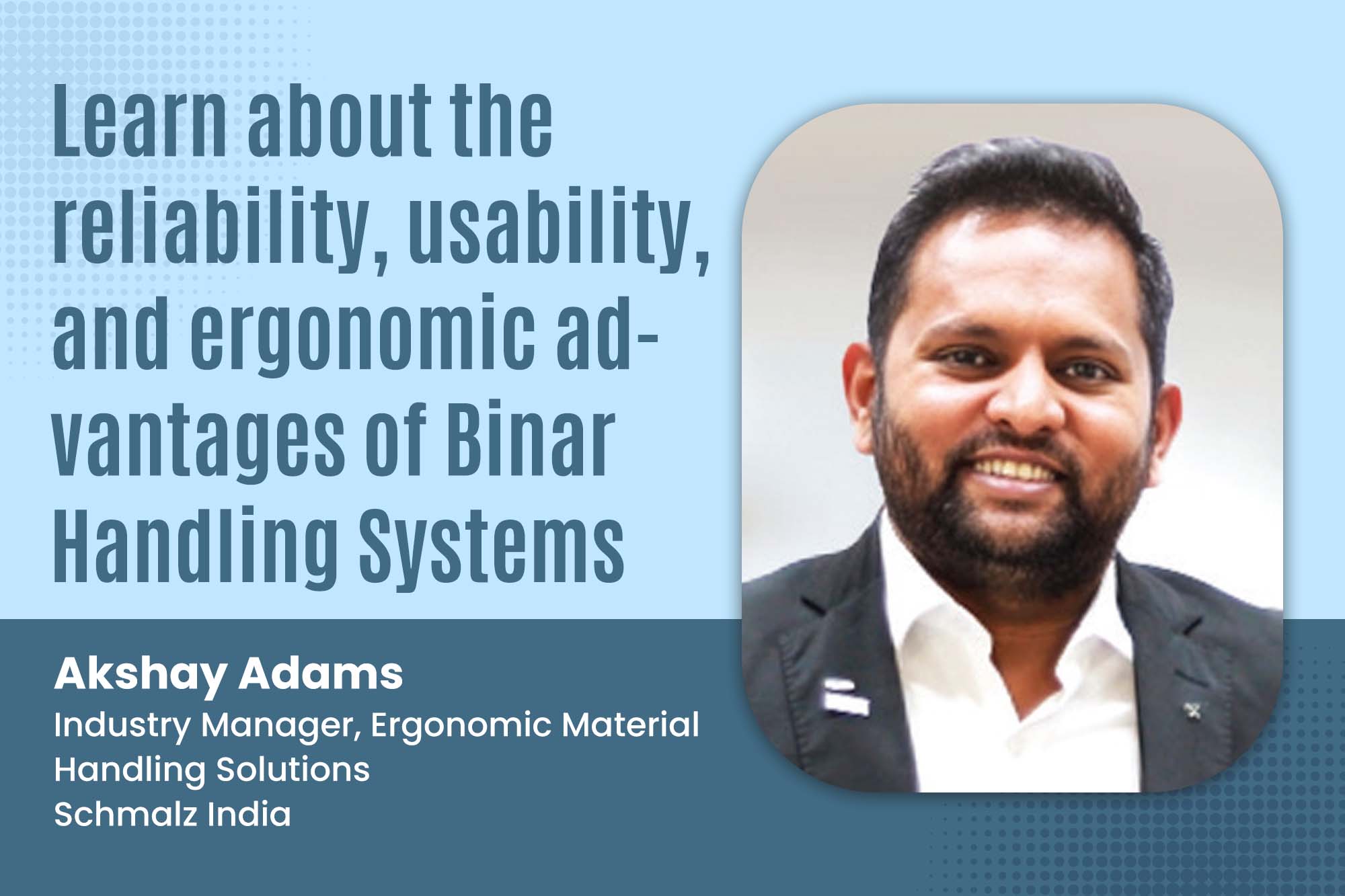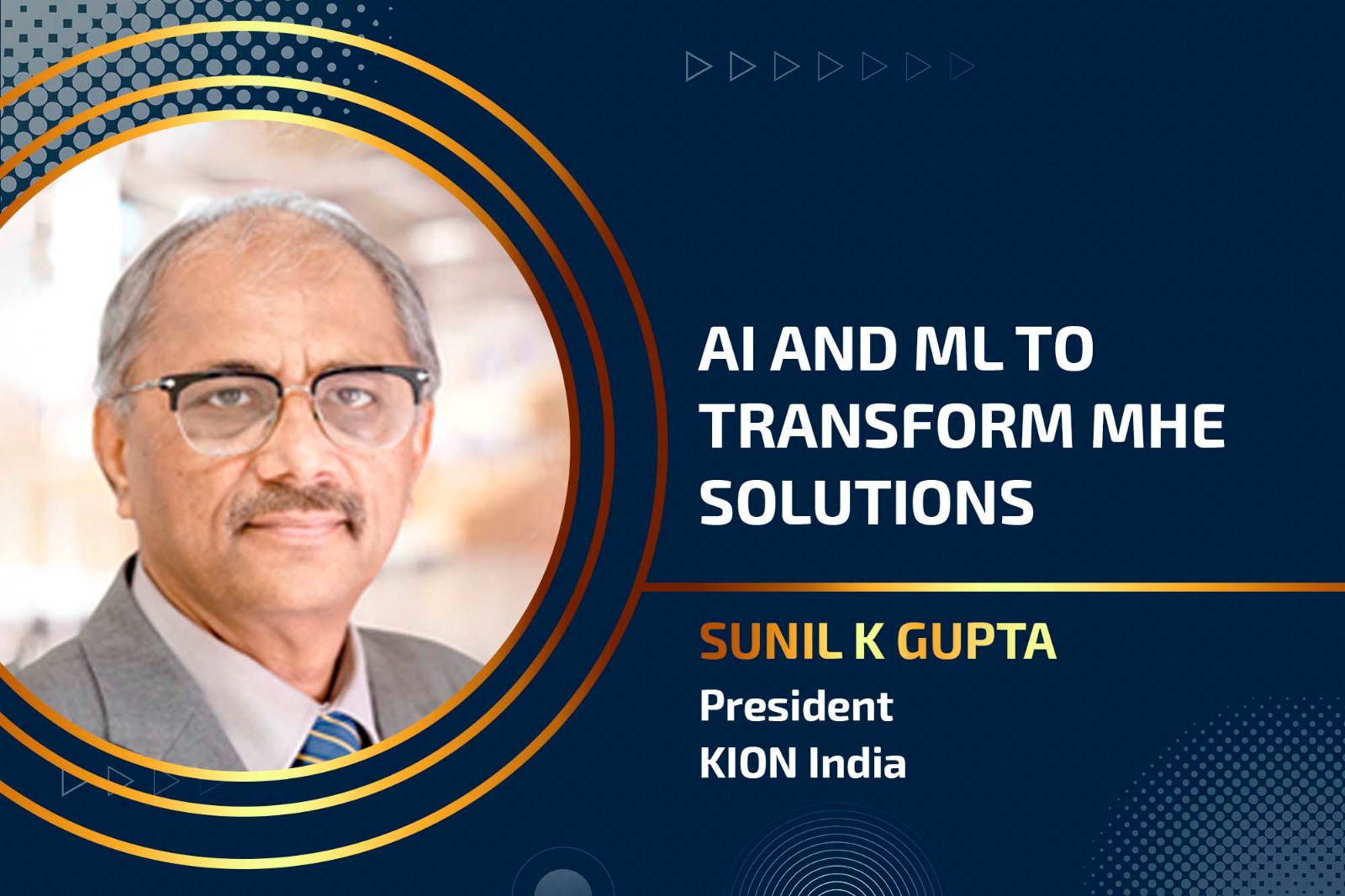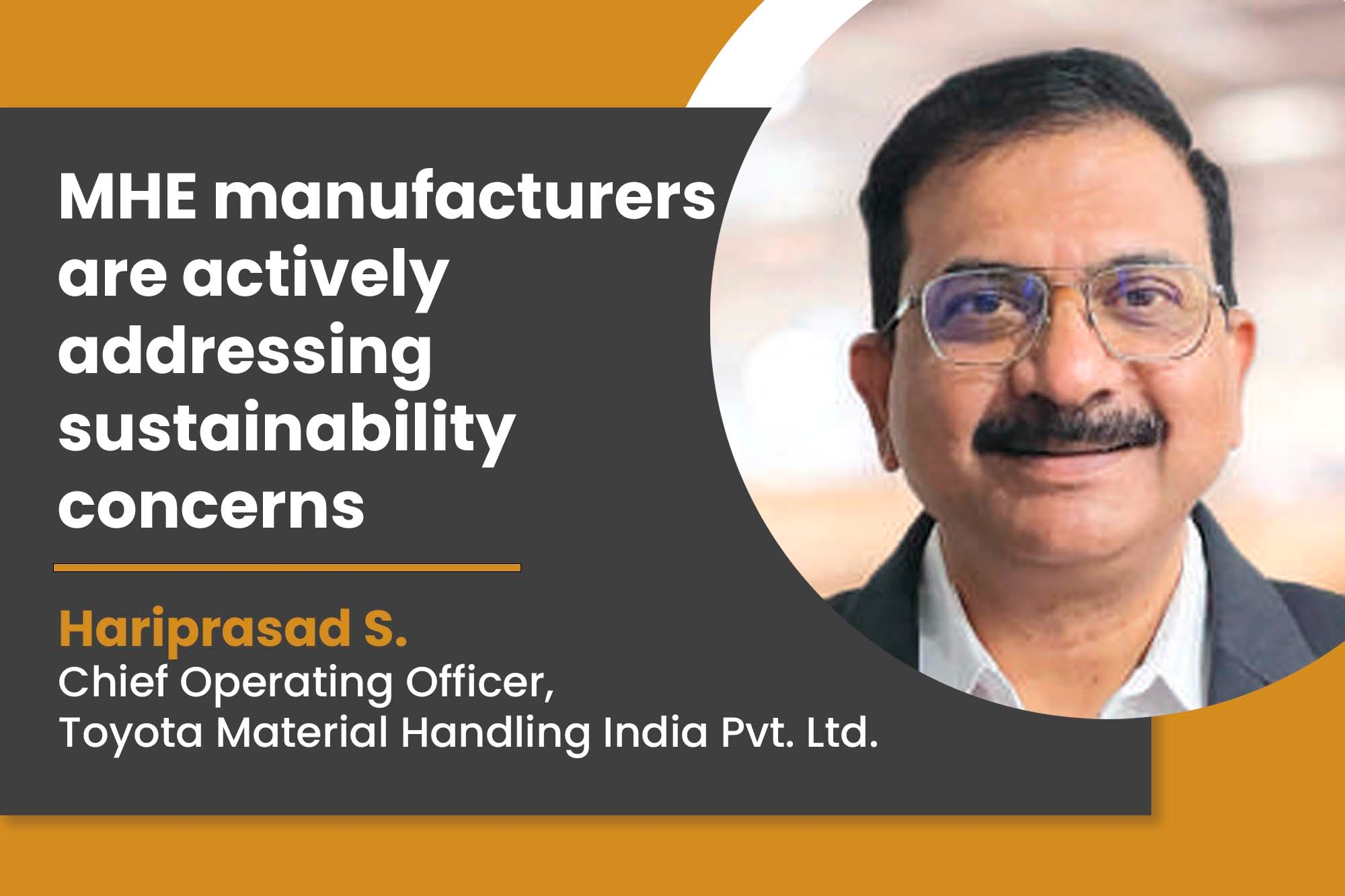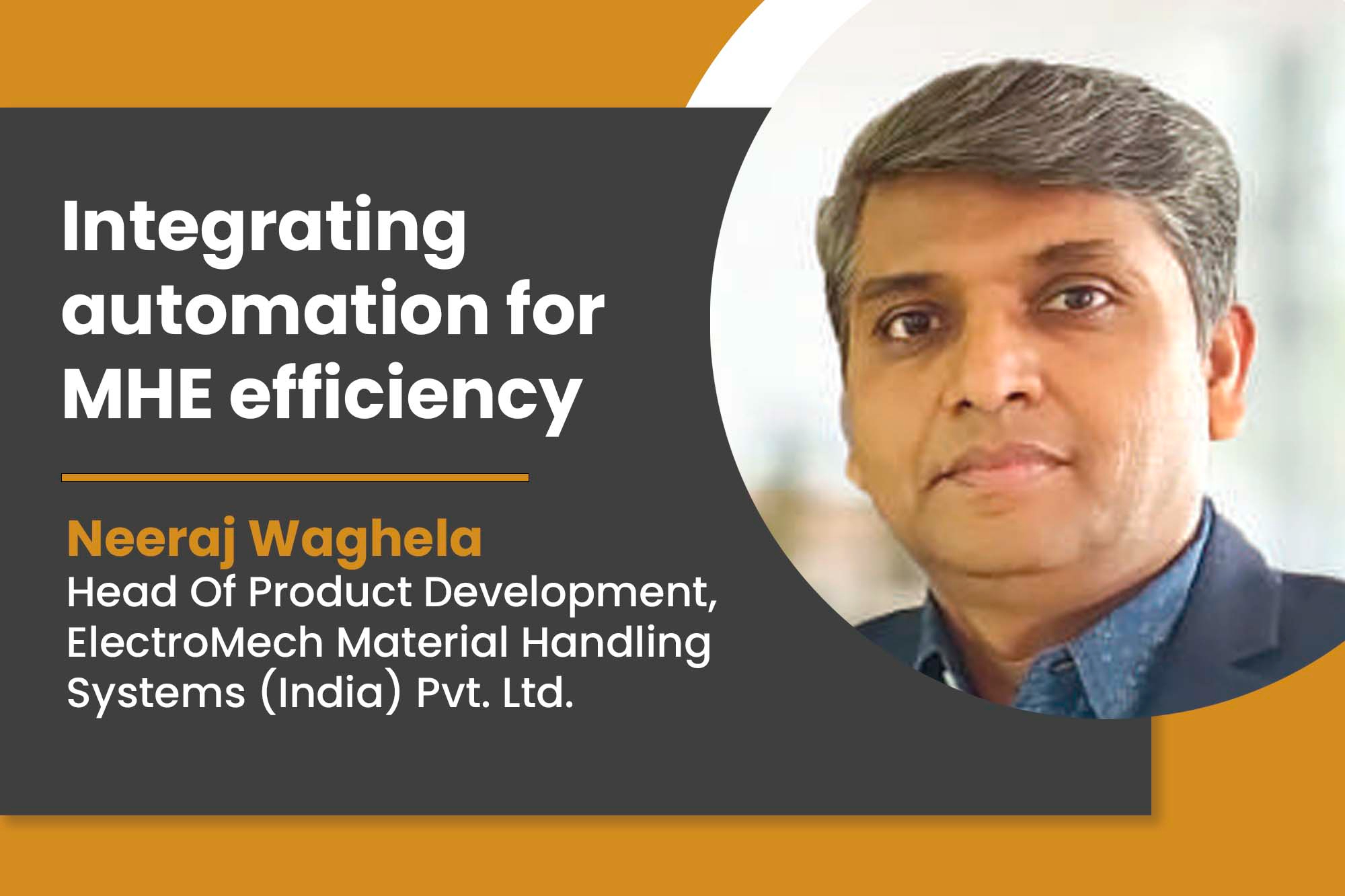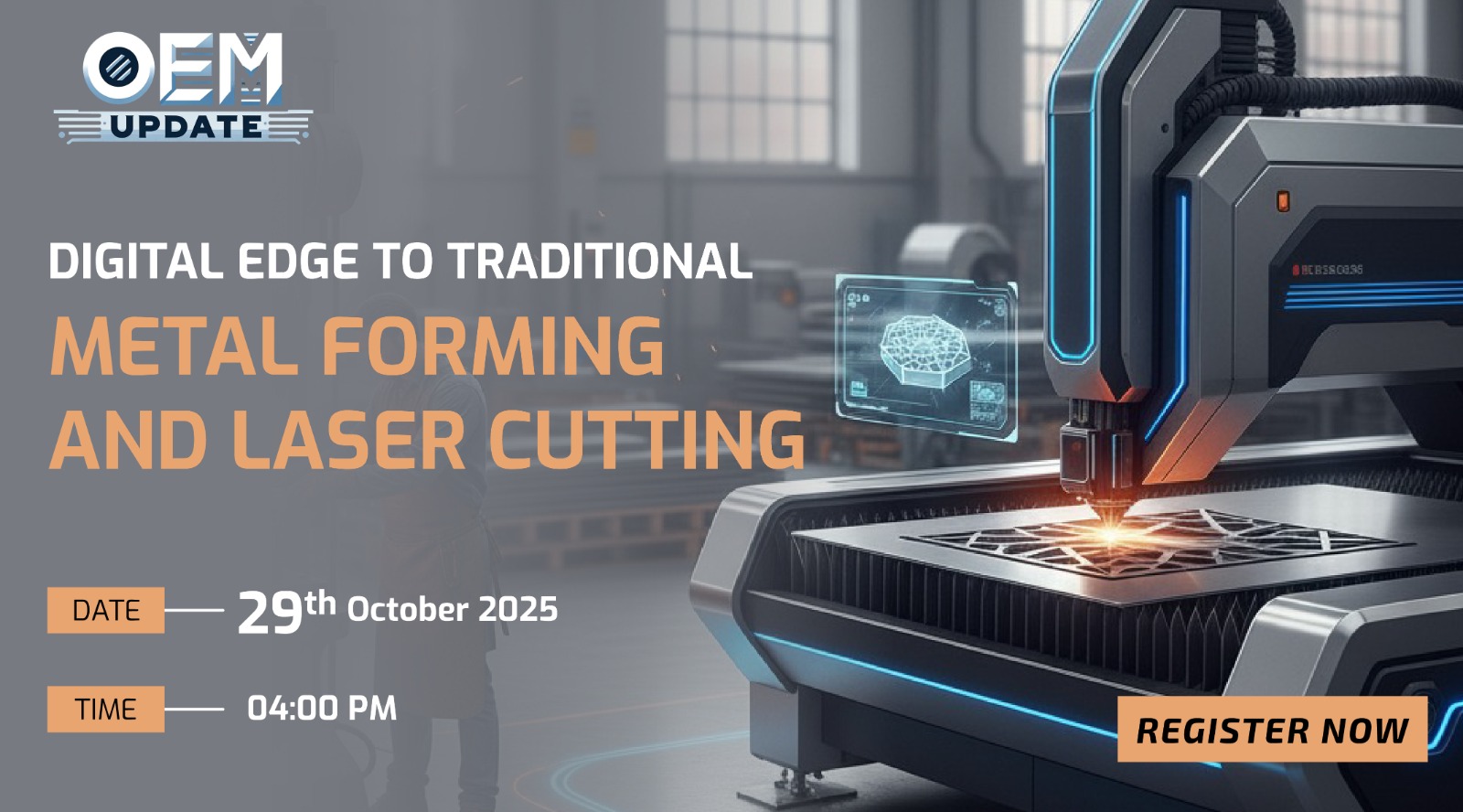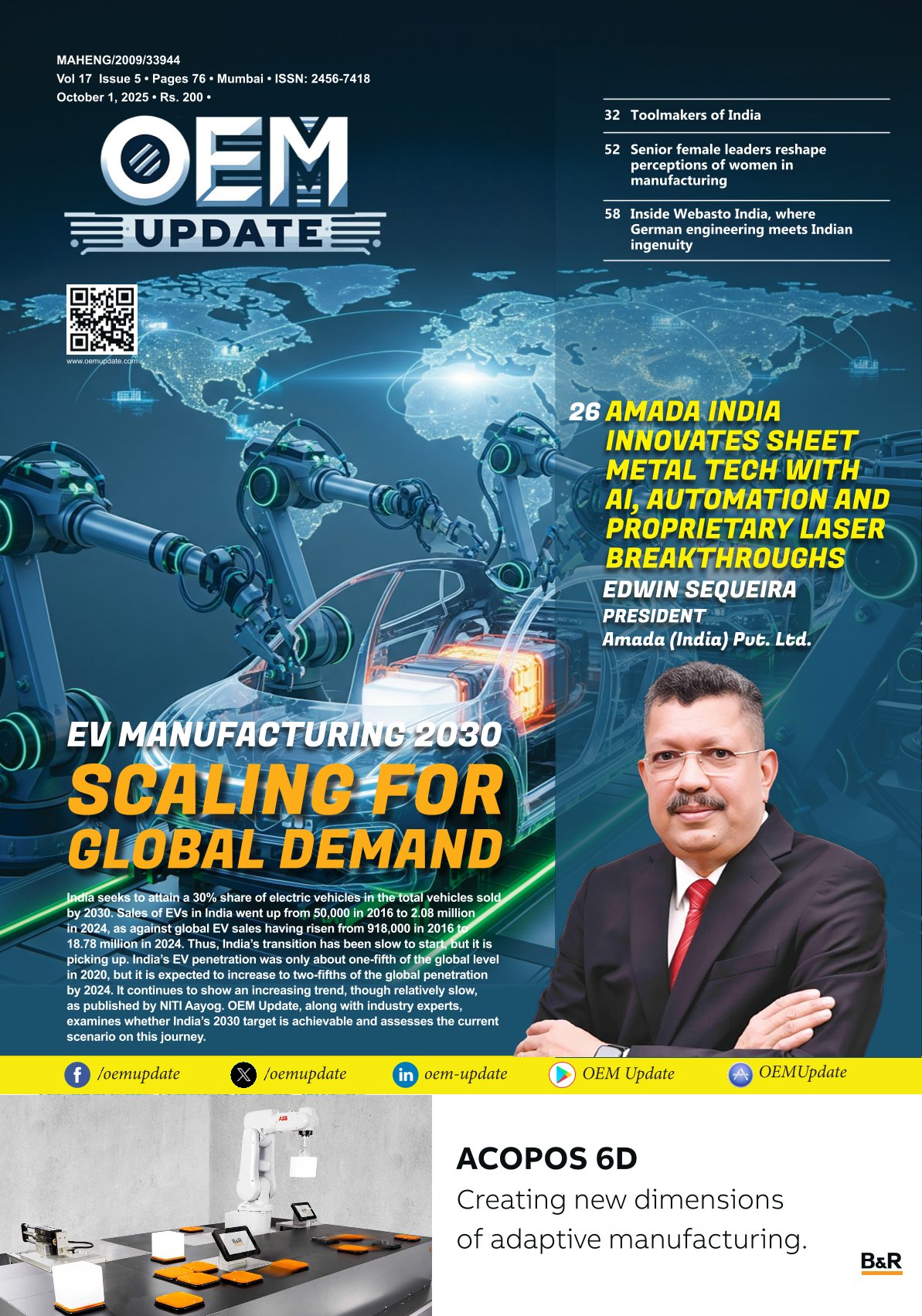Amsak Cranes tapping the ME and Africa market with certified smart lifting solutions
By Staff Report June 5, 2025 6:36 pm IST
Amsak Cranes is actively exploring international partnerships and collaborations as part of its global expansion strategy, with a focus on the Middle East and Africa. Ashok Arumugam, Director of Amsak Cranes, notes that their move aligns with the growing demand for automated, high-precision cranes in the industrial and infrastructure sectors.
How are you strengthening your global competitiveness and aligning with international OEM standards?
Amsak Cranes Private Limited is a leading Indian crane manufacturer with over four decades of experience, aligning its manufacturing processes with global OEM standards. The company focuses on “Quality Crane Products with Premium Support,” emphasising its certification as a quality manufacturer and adherence to Indian Standards IS 807 and 3177.
We provide “complete lifting solutions” that prioritise safety, operational reliability, and value, positioning ourselves for international recognition. We utilise precision technology, such as laser cutting machines, in our operations. We have a skilled engineering team that is capable of customising solutions to meet the diverse needs of our clients.
Our sustainability practices align with international standards, which are essential for engaging in global supply chains. To expand internationally, we will continue to invest in advanced technologies and obtain recognised certifications. With a strong presence in sectors such as automotive and construction, our next growth phase focuses on translating domestic success into global markets through adherence to international manufacturing and technological standards.
With the increasing trend of automation and smart manufacturing worldwide, how are your cranes evolving to meet the demands of Industry 4.0 and 5.0?
With the rise of Industry 4.0 and the emerging Industry 5.0, Indian EOT crane manufacturers are adapting to remain competitive in the market. Responding to Industry 4.0’s focus on automation and connectivity, manufacturers are equipping cranes with Internet of Things (IoT) features, including sensors for real-time monitoring of loads, temperatures, vibrations, and duty cycles. Cloud connectivity enables remote access to this data, facilitating predictive maintenance and usage analytics, as well as real-time energy consumption monitoring for improved efficiency.
Predictive maintenance utilises advanced algorithms that anticipate potential failures, thereby reducing downtime. Through this process, cranes now alert users to issues such as brake wear and lubrication needs. The integration of Programmable Logic Controllers (PLCs) ensures precise control, while Supervisory Control and Data Acquisition (SCADA) and Human-Machine Interface (HMI) systems provide centralised diagnostics. In multi-crane environments, crane-to-crane communication enhances safety through collision avoidance and coordinated load handling.
As the industry moves towards Industry 5.0, which emphasises human-machine collaboration and sustainability, manufacturers are adding user-centric features such as ergonomic controls and AR/VR training modules. Intelligent safety systems now include LIDAR-based sensors and AI-driven load profiling.
Sustainability efforts include the use of energy-efficient motors, regenerative drives, and eco-friendly production processes. These advancements are being widely adopted across various sectors, including steel and foundry, automotive, and defence, where precise and safe operations are crucial.
By embracing digital transformation aligned with Industry 4.0 and 5.0, Indian EOT crane manufacturers are enhancing their competitiveness, providing added customer value through reduced downtime, improved safety, and better integration into automated systems.
What are the biggest challenges Indian crane manufacturers face when competing with global players, especially in terms of compliance, quality, and pricing, and how do they address these challenges?
Indian manufacturers of Electric Overhead Travelling (EOT) cranes face challenges in competing with global players due to issues with compliance, quality, and pricing. Compliance is hindered by non-uniform domestic regulations and outdated standards, such as IS 3177, while international certifications are not strictly enforced. To address this, Indian firms are aligning their designs with global standards, such as FEM, and pursuing certifications like CE.
Quality issues arise from inconsistent component quality and inferior after-sales service. Manufacturers are addressing these challenges by partnering with certified vendors, investing in testing infrastructure, and integrating digital upgrades such as IoT monitoring.
In terms of pricing, Indian manufacturers face low-cost expectations from domestic buyers and strong competition from European and Chinese original equipment manufacturers (OEMs). They are responding by standardising sub-assemblies, promoting in-house production, and shifting to Total Cost of Ownership selling. Additional strategies include customer-centric designs, leveraging government incentives, and developing long-term revenue streams through Annual Maintenance Contracts (AMC) and crane modernisation projects.
Are you exploring international partnerships or collaborations to expand Amsak’s global footprint or integrate advanced technologies?
We aim to expand our export footprint in regions such as the Middle East, Africa, and Southeast Asia, where there is a growing demand for reliable, cost-effective, and digitally enabled lifting solutions. To that end, we’re aligning our product portfolio with international standards, such as FEM, CMAA, CE, and ISO, and partnering with global certification agencies to streamline product approvals and build trust with overseas clients.
On the technology front, we are engaging with global control system integrators for advanced automation (e.g., Siemens, Schneider, ABB), IoT, and software firms to develop smart crane dashboards, predictive maintenance modules, and remote diagnostics and hoist and gearbox manufacturers in Europe and Japan to co-develop high-precision lifting mechanisms for specialised applications (like defence, nuclear, or aerospace).
For R&D and innovation, we are open to joint development projects focused on AI-driven condition monitoring, energy-efficient crane systems, and hybrid or battery-powered overhead cranes for green factories.
How do you address supply chain disruptions and rising material costs while ensuring timely delivery and product quality?
At Amsak Cranes, we prioritise supply chain resilience to ensure timely delivery and maintain product quality. Our multi-faceted approach includes diversifying our supplier base through a multi-vendor strategy for essential components, such as gearboxes, control panels, and structural steel. We engage local vendors to reduce lead times and mitigate risks from shipping delays and geopolitical issues.
We employ strategic inventory planning by maintaining a buffer stock of long-lead items and using demand forecasting tools for accurate procurement. Long-term contracts for critical materials, like steel and copper, help us hedge against price volatility, while early procurement locks in prices and prevents shortages.
To reduce dependency on external suppliers, we’ve increased our in-house production capacity for key sub-assemblies, ensuring better control over quality and timelines. We utilise digital supply chain monitoring through ERP and MRP systems for real-time tracking and early identification of bottlenecks, coupled with automated alerts for reordering.
In the event of disruptions, we communicate proactively with clients, offering phased deliveries and alternatives to maintain their operations. Our design philosophy emphasises standardisation and interchangeability for quick adaptability. We remain committed to quality, investing in rigorous inspection and third-party audits to ensure product reliability despite material cost pressures.
In light of India’s push to become a global manufacturing hub, what role do you see Amsak Cranes playing in the heavy industries, logistics, and infrastructure sectors?
India’s focus on Atmanirbhar Bharat and logistics modernisation is driving demand for advanced material handling systems. We support sectors such as steel, cement, and defence with customised EOT and Goliath cranes designed for heavy-duty operations. Our automation-ready solutions feature anti-sway control and synchronised motion, ensuring compliance with international standards and regulations.
With the rise of e-commerce and multimodal logistics, Amsak provides smart, compact cranes for warehouses and container yards, integrating automation for efficient, 24/7 operations and energy-efficient designs.
As India advances its infrastructure, we offer construction-grade gantry cranes and mobile systems for projects. Our commitment to scalability, technology investment, and collaboration with industry partners ensures that we effectively meet the rising demand.
What innovations or product developments can we expect from Amsak Cranes in response to the changing market dynamics?
As market dynamics shift toward automation, safety, energy efficiency, and digitalisation, we are investing in next-generation product development to stay ahead of industry demands and support India’s growth as a global manufacturing hub. We are developing smart cranes equipped with IoT-based monitoring systems that provide real-time load tracking, predictive maintenance alerts, health diagnostics for motors, brakes, and gearboxes, as well as integration with customer SCADA/ERP systems.
Amsak is also moving toward a modular crane architecture that allows for faster delivery through standardised subassemblies, such as hoists and end carriages, easy scalability for future upgrades like automation or remote operation, and simplified service and spare part management. We are introducing innovations such as regenerative braking systems to recover and reuse energy, IE3/IE4-rated motors for improved energy efficiency, and cranes designed with lighter, high-strength materials to reduce energy load.
Our advanced control systems and automation offerings include anti-sway and anti-collision systems utilising laser and infrared sensors, AI-based motion profiling for safer and smoother material movement; tandem lift synchronisation for long or heavy components, and remote or semi-autonomous control options. We are also focused on industry-specific customisations, developing nuclear-grade cranes with triple redundancy and special QAP compliance, as well as cleanroom cranes for the pharmaceutical and electronics industries. Additionally, we design high-heat, spark-proof cranes for foundries and chemical plants.
Looking ahead, our upcoming R&D focus includes digital twins for simulating crane behaviour before commissioning and AR/VR-based service models. These include AR-based service manuals and VR training modules, which enable faster upskilling of maintenance teams and enhance service efficiency.
Cookie Consent
We use cookies to personalize your experience. By continuing to visit this website you agree to our Terms & Conditions, Privacy Policy and Cookie Policy.
